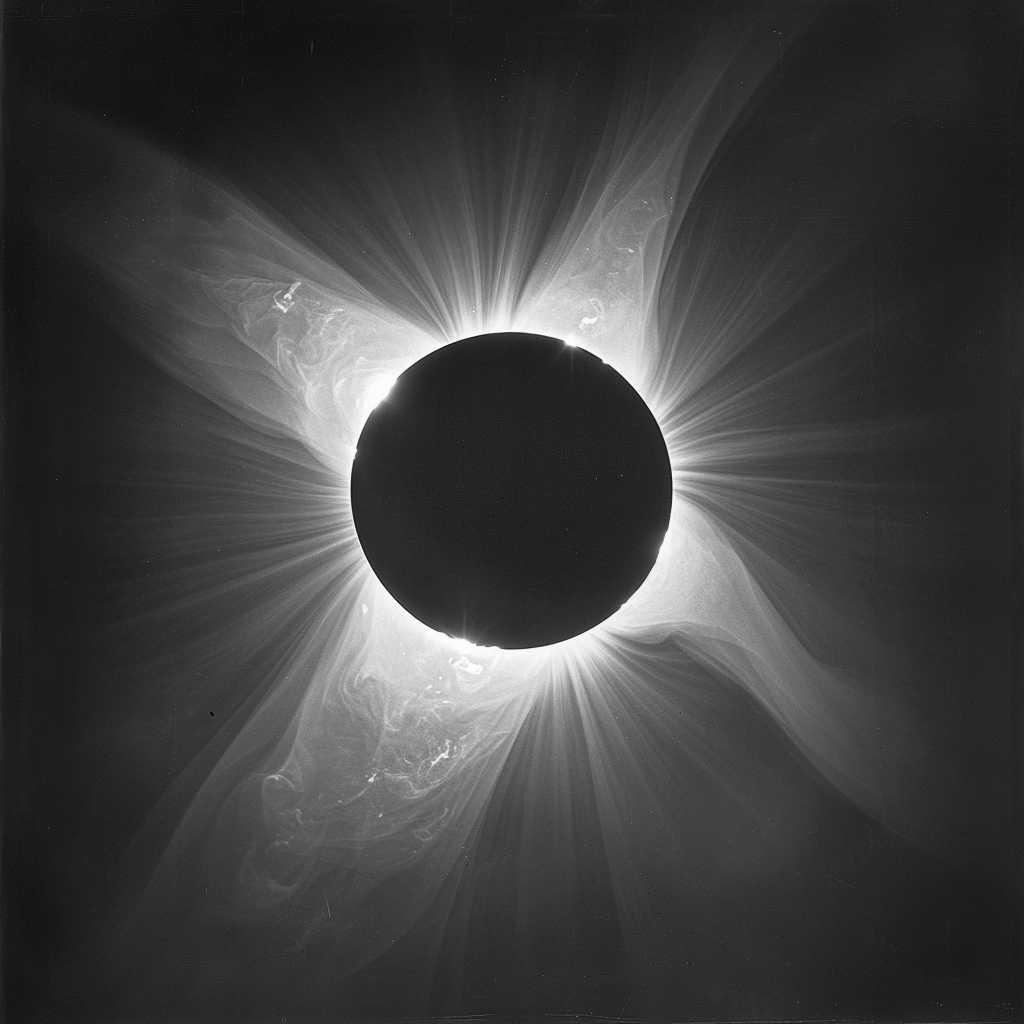Understanding Solar Eclipses: A Phenomenal Celestial Event
A solar eclipse is one of the most spectacular natural phenomena that can be observed from Earth. It occurs when the Moon passes between the Sun and Earth, casting a shadow on Earth and fully or partially blocking the Sun’s light in some areas. Solar eclipses only happen at a new moon when the Sun and the Moon are in conjunction as seen from Earth.
The Science Behind Solar Eclipses
Solar eclipses occur when the intricate dance of celestial mechanics aligns the Sun, Moon, and Earth with precise accuracy. There are a few variations of solar eclipses: total, partial, and annular.
In a
total solar eclipse , the new moon completely covers the Sun, as viewed from Earth. This can happen because, even though the Sun’s diameter is 400 times larger than that of the Moon’s, it is also approximately 400 times farther away, making them appear roughly the same size in our sky.
A
partial solar eclipse happens when only a part of the Sun is obscured by the Moon. This can occur when the three bodies are not perfectly aligned.
An
annular solar eclipse takes place when the Moon’s apparent diameter is smaller than that of the Sun, causing the Sun to look like an annulus (ring). This happens because the Moon’s orbit is elliptical and there are times when it is farther from Earth and appears smaller in the sky. Historical Significance of Solar Eclipses
Historical Significance of Solar Eclipses
Solar eclipses have had profound effects on societies throughout history. They were often interpreted as omens or messages from the gods. In some cultures, solar eclipses were seen as positive signs, while in others they predicted doom.
In ancient times, precisely predicting solar eclipses helped to cement power for astronomers and ruling classes. The ability to forecast a solar eclipse was seen as a demonstration of having favor from divine powers. In societies such as Babylonian and ancient Chinese kingdoms, failing to predict an eclipse could mean punishment or death for astronomers.
Furthermore, historic solar eclipses have provided critical scientific insights. For instance, during the solar eclipse of 1919, Sir Arthur Eddington’s observations confirmed Einstein’s theory of general relativity by showing that massive bodies cause a curvature in space-time.
Viewing Solar Eclipses Safely
It’s crucial to observe solar eclipses safely to prevent serious eye damage. Viewing the uneclipsed or partially eclipsed Sun through ordinary sunglasses or cameras is unsafe because these do not filter out the harmful rays that can cause retinal injury.
Specialized solar viewing glasses or viewers equipped with solar filters should be used for observing any phase of an eclipse. Telescopes and binoculars also require these filters for safe viewing.
During a total solar eclipse’s brief period when the Sun is completely covered (totality), it is safe to view with the naked eye. But viewers must ensure they reapply viewing aids before and immediately after totality.
Fascination and Research
Solar eclipses continue to intrigue both professional scientists and casual observers. For scientists, these events provide unique opportunities to study various aspects of solar science such as solar flares, coronal mass ejections, and the Sun’s corona—a plasma outer atmosphere which is otherwise very difficult to observe due to the brightness of the Sun itself.
Amateur astronomers and eclipse chasers travel across continents to witness this rare event, often describing it as a moving experience—photographing this cosmic spectacle and noting reactions.
Predicting Solar Eclipses
The prediction of solar eclipses is an elaborate task that combines astronomy with mathematical modeling. Thanks to centuries of observations and advancements in celestial mechanics, we now have a good understanding of lunar cycles such as the Saros cycle—a period of approximately 18 years 11 days 8 hours after which nearly identical eclipses repeat.
Modern software can now predict solar eclipses with great accuracy centuries into the future or past. This allows for long-term planning for observers who want to position themselves in the path of an eclipse.
